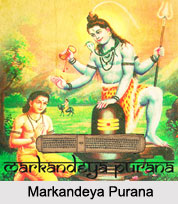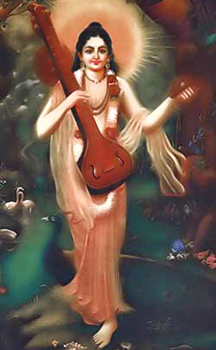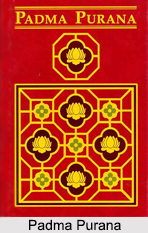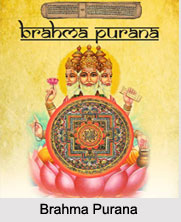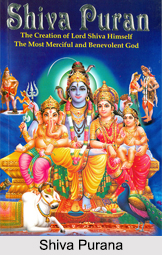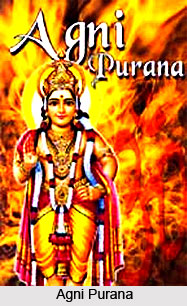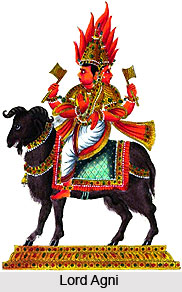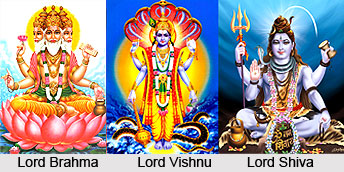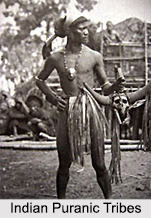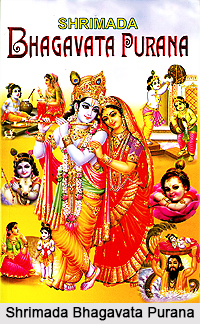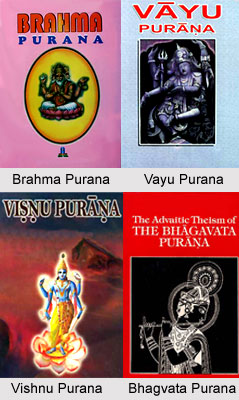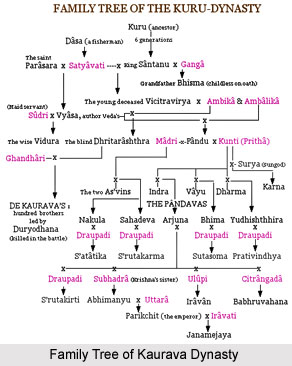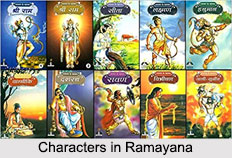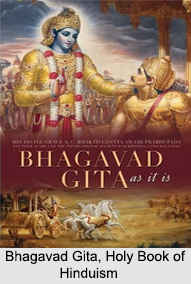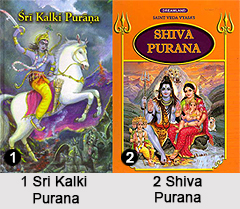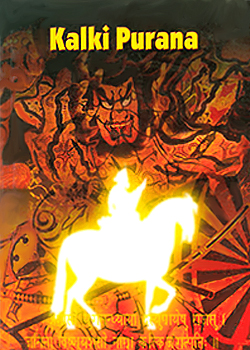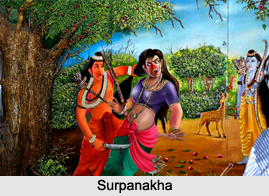Story of Snake, Death, Fate and Action is one among many narratives in the great Indian epic of the Mahabharata which deal with morality and seek to impart an education in ethics. The doctrine of Karma, action, which is the fate of man, the first appearance of which was observed in the Upanishads, forms the subject of many profound narratives in the Mahabharata, and this is one of the most beautiful examples of the same.
The story goes that Gautami, an old and pious Brahmin woman, one day finds her son dead. A snake has bitten him. The grim hunter Arjunaka drags the sake along by a rope and asks Gautami how he shall kill the wicked murderer of her son. Gautami replies that through the killing of the sake her child will not be restored to life; nor would-any good arise from it; for by the killing of a living being one only burdens oneself with guilt. The hunter objects, saying that it is good to kill enemies, even as Indra is killed Vrtra. But Gautami can see no good in torturing and killing enemies. Then the snake also joins in the conversation. It says that it is not to blame for the death of the boy. It was Mrityu, Death, who only employed it as his instrument.
Now, while the snake and the hunter are in violent dispute as to whether the snake was to blame for the death of the child or not, the god of death, Mrityu, appears himself and declares that neither the snake nor he himself were to blame for the boy`s death, but Fate (Kala- "time") for everything that happens, happens through Kala. Everything that exists exists through Kala. "As the clouds are driven hither and thither by the wind," so also death is under the sway of fate. While the hunter insists on the point of view that both the snake and Mrityu are guilty of the child`s death, Kala himself appears, and declares: " Neither I nor death (Mrityu) nor this snake here are to blame for the death of any being, O hunter, we are not the cause. Action (Karma) it is, which has driven us to it; there is no other cause of his destruction, only through his own action was he killed. As the potter shapes out of a lump of clay everything he desires, so man attains only that fate which he has prepared for himself by his action. As light and shade are always most closely connected with each other, so also the deed and the doer are closely connected through everything which he himself has done. Then Gautami consoles herself with the thought that the death of her son was the necessary effect of his and her own Karma.
This is the story of the Snake, Death, Fate and Action which tries to impart the education of the consequences of Karma to man.

